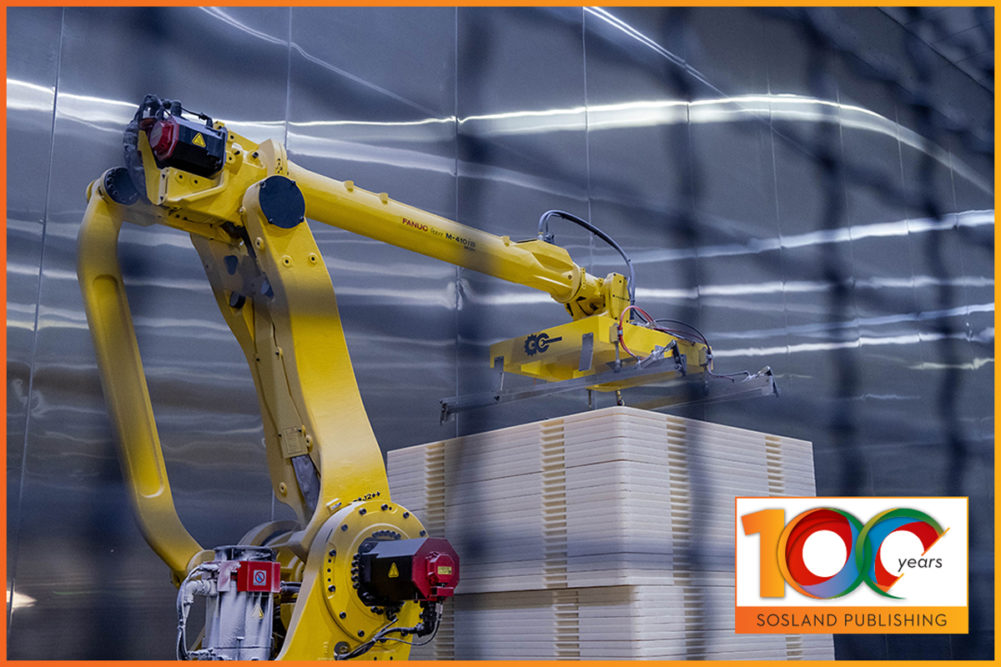Bakeries of the future will have more advanced tools in the forms of robotics, data-capturing equipment, artificial intelligence (AI) and other technologies. This will involve high-speed internet and the use of the Industrial Internet of Things (IIoT) to connect bakeries to the outside world.
Bakeries large and small are turning to more complex and sophisticated forms of automation with a tight labor market and the need to run as fast and efficiently as possible.
“There’s old-school automation, which is sensors and motors, and there’s more advanced systems like robotics,” said Brett Buatti, chief supply chain and operations officer, Aspire Bakeries, Los Angeles. “Classic automation can be a bit limited in that it usually ends up doing a lot of the same thing very fast. However, that can really limit flexibility and can limit your product range or ability to innovate. You’ve got to balance the trade-off between efficiency and flexibility. What helps is when robotics advance enough to be flexible at really high speeds. There are applications in the present, but that’s when it becomes futuristic. How can we do all kinds of things but do it really fast?”
He stressed that it’s not about eliminating jobs in the bakery but making them more engaging. For instance, instead of an employee packaging items by hand, that person could be trained to oversee packaging machinery and robots. This improves skills and reduces repetitive motion injuries.
Real-time connectivity will help bakeries keep in close contact with suppliers and customers.
“That technology is out there; it’s just not fully perfected and realized within the four walls of the bakery,” Mr. Buatti said. “I can pull up on my screen right now what’s happening in the factories. What lines are running, what lines are down, how well they’ve run today. The notion of allowing customers access to something, even as simple as, ‘Yes, your product is running and here’s how much we’ve made,’ is very doable. But it’s a big question as to whether you’d want to or how you’d do it and what you’d share.”
He also sees better connectedness within the bakery benefitting the company and employees.
“If you get the right programmer, set it up the right way, you can have people see a piece of data, tag it and send it to someone who has another device in the bakery, saying, ‘Hey, I think you might be sending me product from upfront that’s too dry. You’ve got to adjust your moisture levels,’ ” he said. “Or they can say, ‘This is making a weird noise. Let me use my wireless device to turn on the camera that can show the mechanic who’s on the other side of the bakery what’s going on here.’”
These tools could link teams together and improve engagement by not just educating about problems to watch for but also celebrating successes with other team members. Barry Edwards, vice president, corporate responsibility and sustainability, Aspire Bakeries, said these connections can make jobs more meaningful.
“People want to be a part of something bigger,” he said. “And in the long run, it helps the business because they’re noticing things that might not be right that they can get fixed in the process.”
This article is an excerpt from the August 2022 issue of Baking & Snack. To read the entire feature on Centennial Report: Bakery of the Future, click here.






